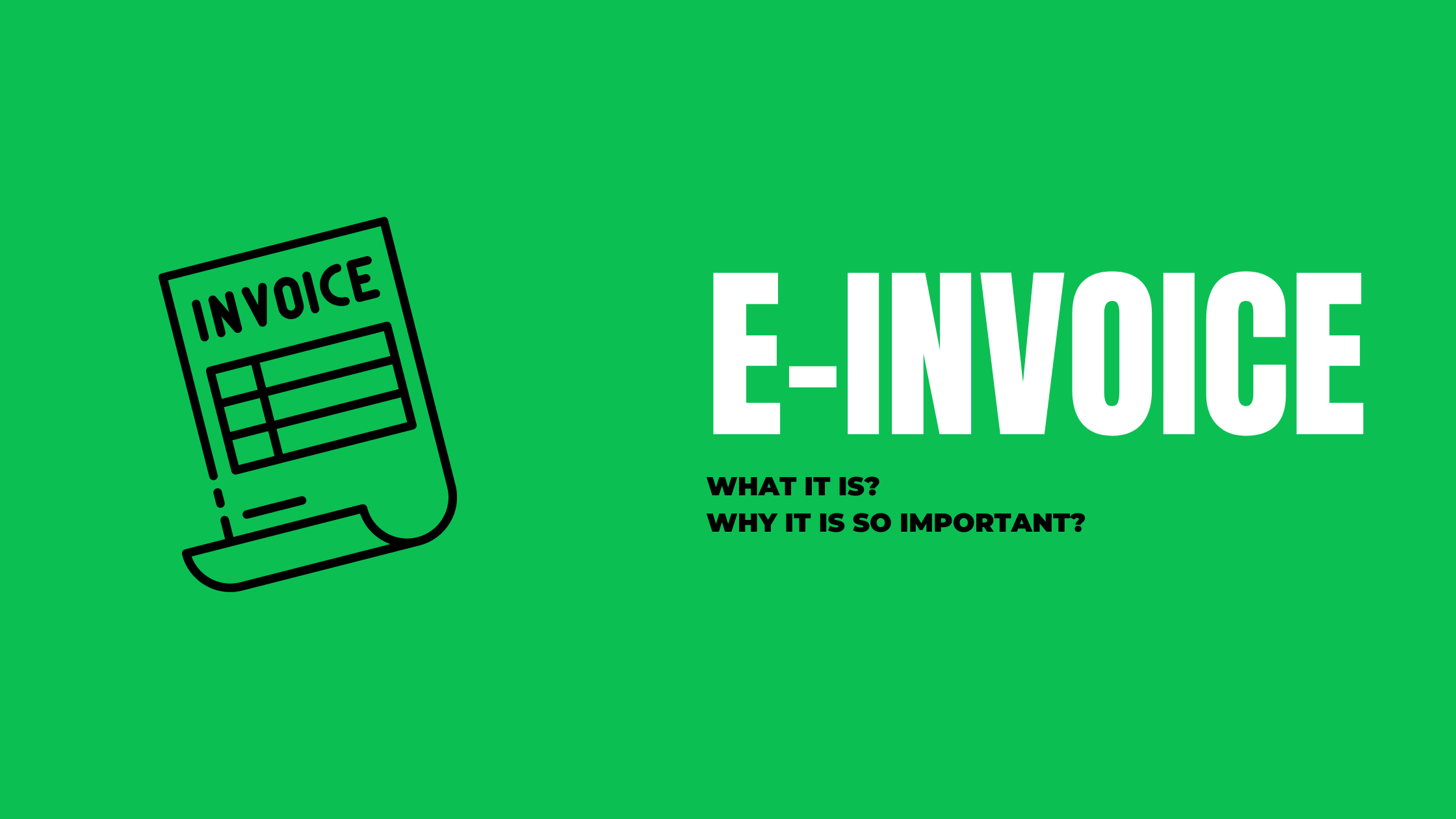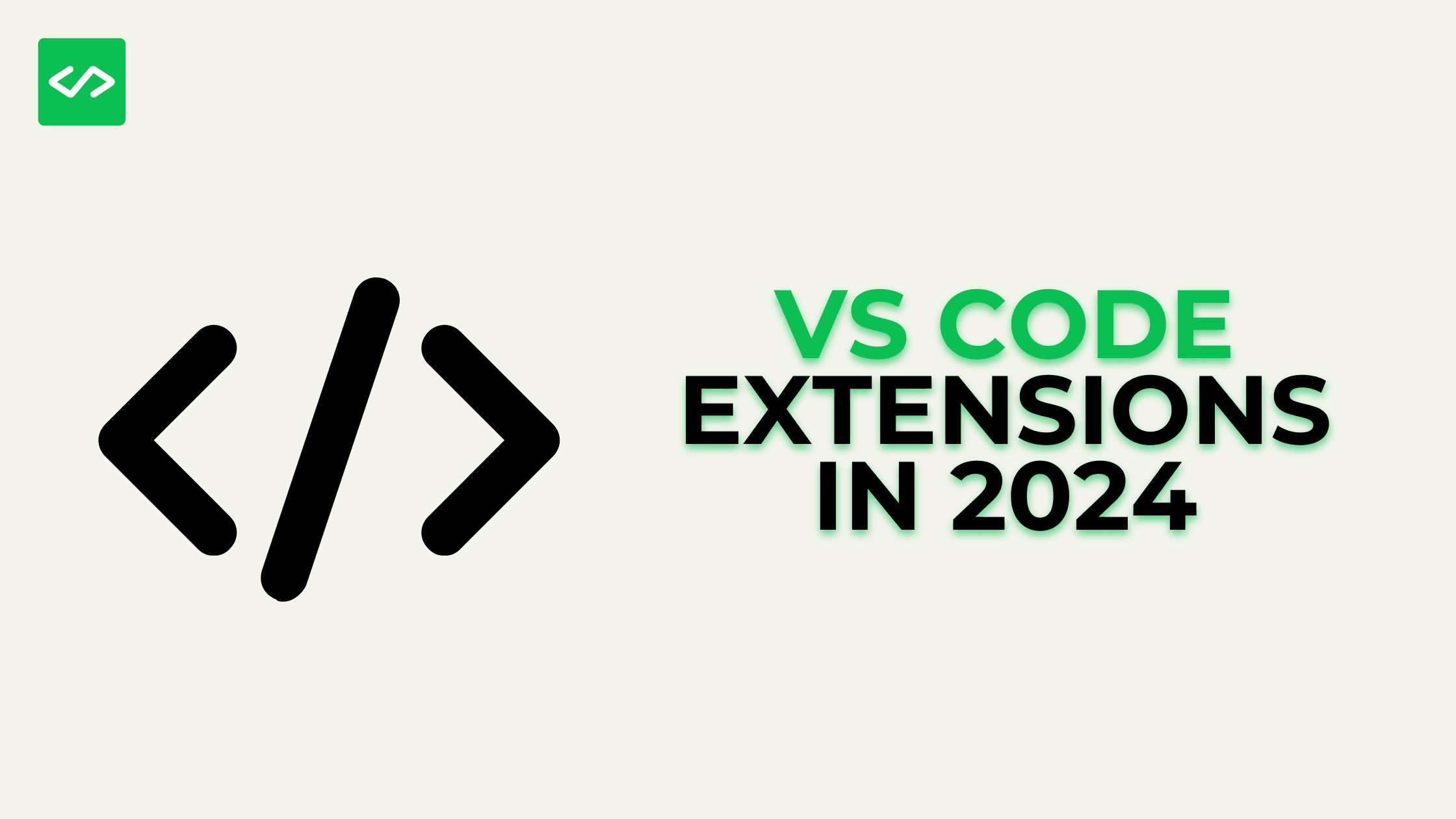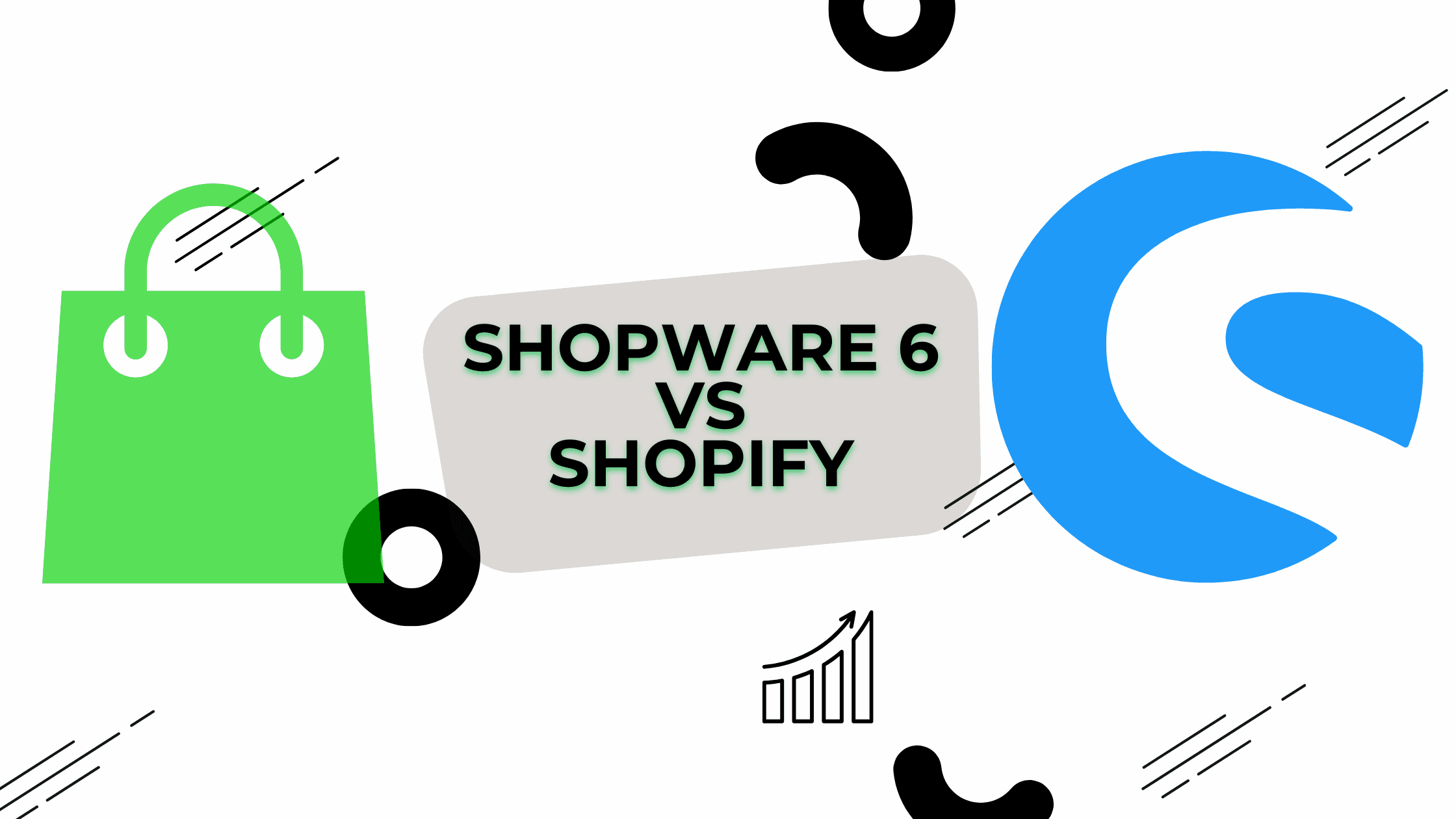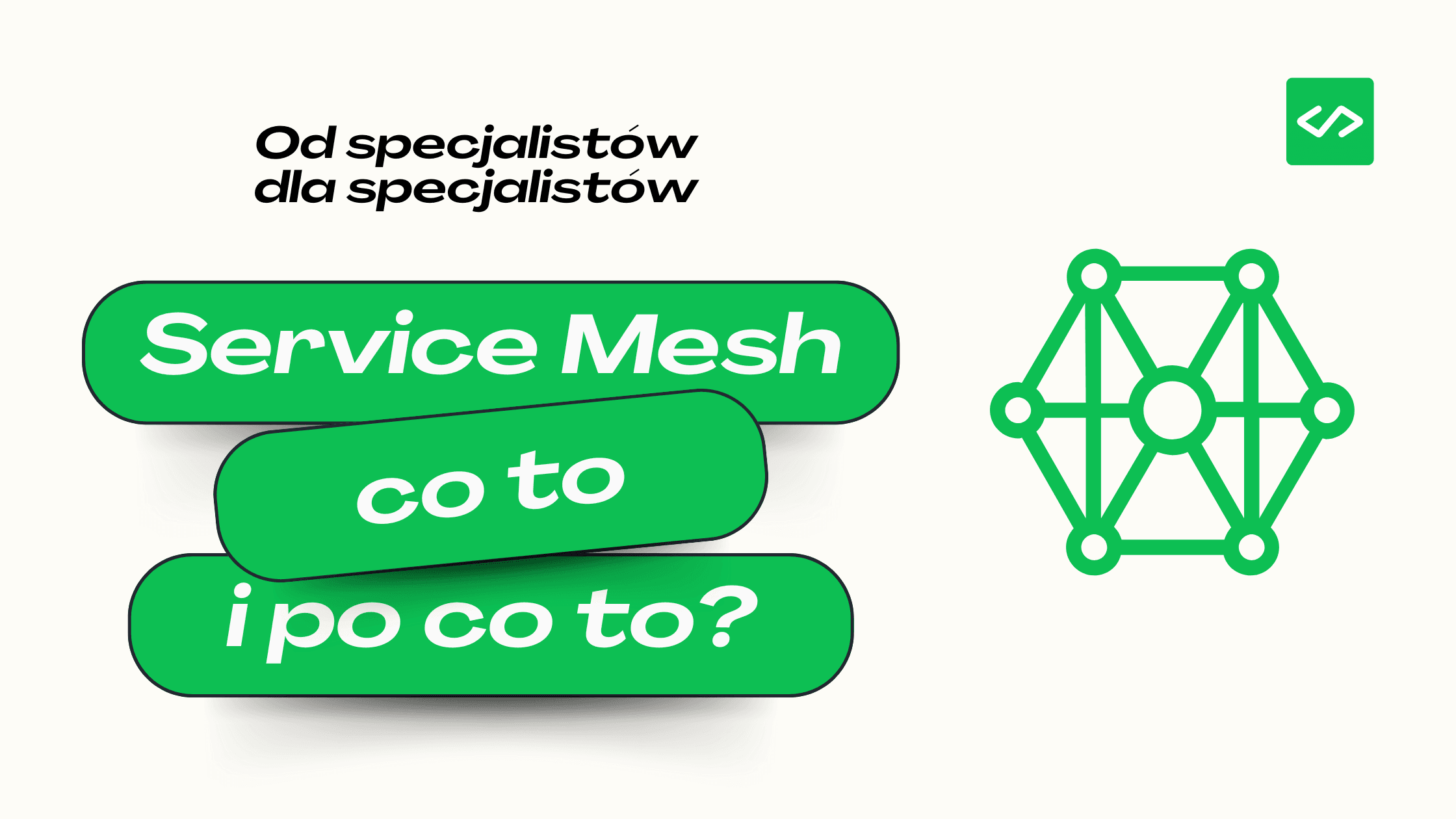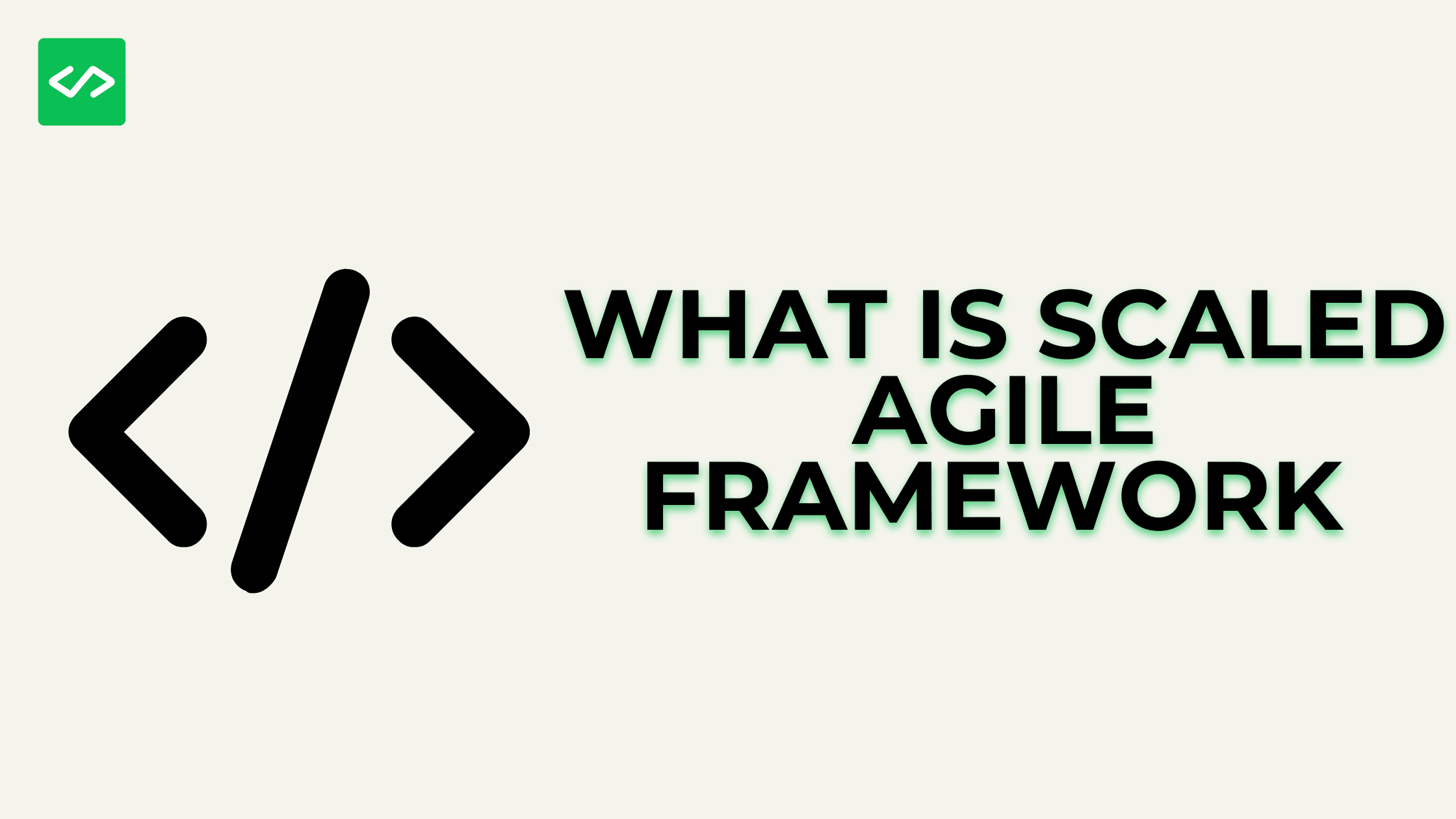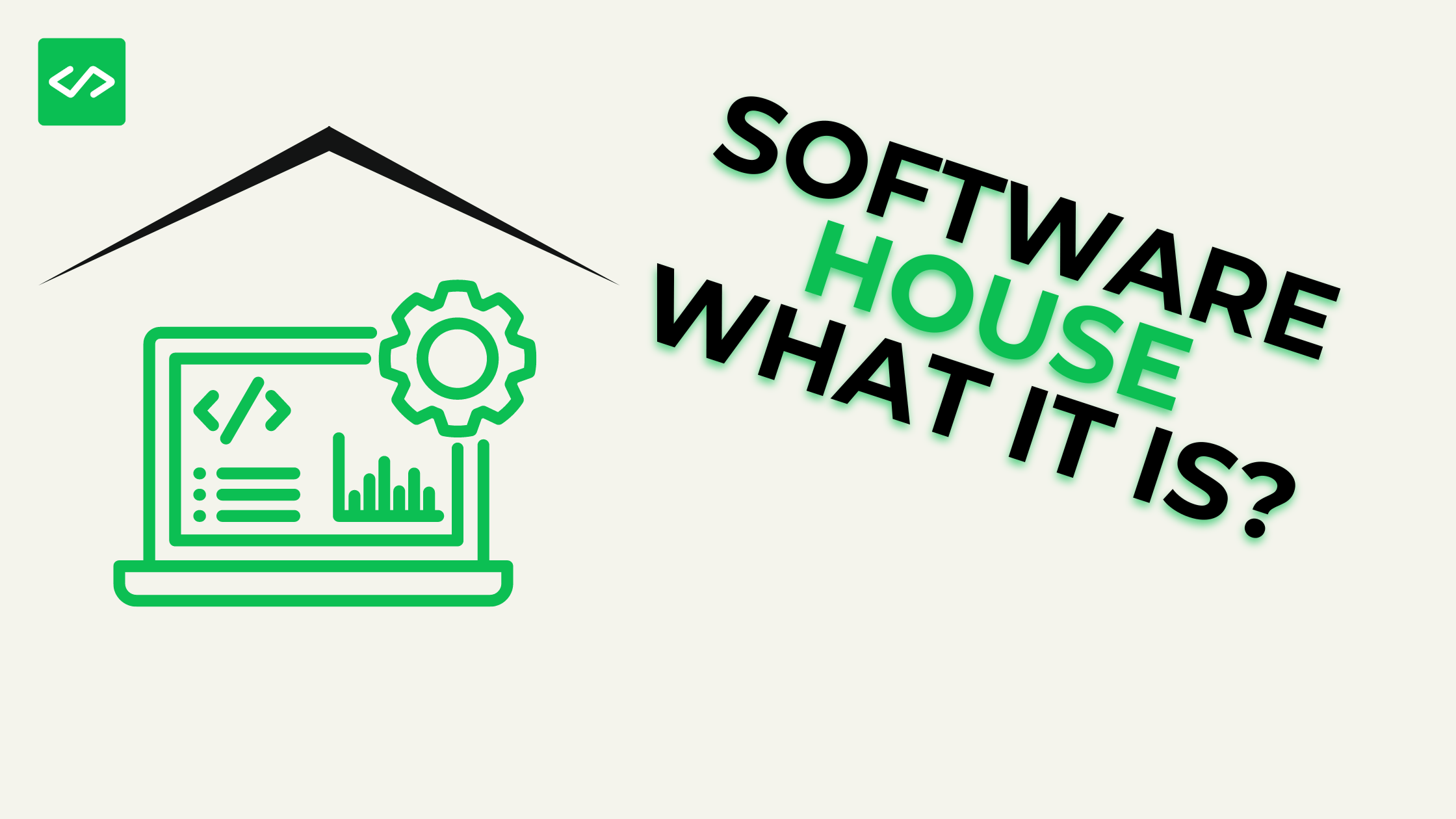What is E-Invoicing: Understanding Electronic Invoices and Their Impact in 2024
In today’s digital age, businesses are constantly seeking ways to streamline their operations and reduce costs. One area that has seen significant innovation is invoicing. The traditional paper invoice is gradually being replaced by its electronic counterpart, known as an e-invoice or electronic invoice. But what exactly is e-invoicing, and how does it benefit businesses? Let’s dive into the world of digital invoices and explore the transformation of this essential business process.
Understanding E-Invoicing: The Basics
E-invoicing, short for electronic invoicing, is the process of creating, sending, and receiving invoices in a digital format. Unlike a paper invoice or a scanned paper invoice, an e-invoice contains structured data that can be automatically processed by the recipient’s system. This automation significantly reduces the time and effort required for invoice processing, making it a game-changer for businesses of all sizes.
What is an Electronic Invoice?
An electronic invoice, or e-invoice, is an invoice that is issued, transmitted, and received in a structured electronic format. This format allows for its automatic and electronic processing, eliminating the need for manual data entry and reducing errors. The key difference between an e-invoice and a traditional invoice is that an e-invoice contains data in a structured form that can be imported directly into the receiver’s financial systems.
The Format of E-Invoices
E-invoices can come in various formats, but the most common are XML (eXtensible Markup Language) and PDF (Portable Document Format). While PDFs are widely used, they don’t always contain structured data that can be automatically processed. XML, on the other hand, is a data format that allows for easy exchange of information between different systems.
In some countries, specific e-invoice formats are mandated. For example, in Germany, the XRechnung standard is used for B2G (Business to Government) transactions. This standardization ensures that all e-invoices contain the necessary information for processing.
The Benefits of E-Invoicing
One of the primary advantages of e-invoicing is the automation it enables. When an e-invoice is received in a structured electronic format, it can be automatically imported into the recipient’s accounting system. This eliminates the need for manual data entry, reducing errors and saving time.
Cost Savings
By eliminating paper, printing, and postage costs, e-invoicing can significantly reduce expenses associated with traditional invoicing methods. Moreover, the improved efficiency in processing electronic invoices leads to further cost savings in terms of labor and time.
Faster Payments
E-invoices are typically processed more quickly than paper invoices, leading to faster payments. This improved cash flow can be particularly beneficial for small and medium-sized businesses.
Environmental Impact
The use of electronic invoicing reduces paper consumption, contributing to environmental conservation efforts. This aligns with many companies’ sustainability goals and can improve their corporate social responsibility profile.
E-Invoicing Solutions and Software
To implement e-invoicing, businesses need to use invoicing software or an e-invoicing solution. These tools allow companies to create, send, and receive e-invoices in compliance with relevant standards and regulations.
When choosing an e-invoicing solution, businesses should consider factors such as:
- Compatibility with existing systems
- Compliance with local and international e-invoicing standards
- Ease of use
- Security features
- Integration capabilities with other business processes
E-Invoicing in the European Union
The European Union has been a driving force in the adoption of e-invoicing. The EU Directive 2014/55/EU mandates that all public sector entities must be able to receive and process electronic invoices that comply with the European standard on e-invoicing.
XRechnung: Germany’s E-Invoicing Standard
In Germany, the XRechnung standard is used for e-invoicing in the public sector. This standard ensures that all e-invoices contain the necessary information for processing. The federal central invoice submission portal, ZRE (Zentrale Rechnungseingangsplattform), is used for submitting electronic invoices to federal authorities.
Implementing E-Invoicing in Your Business
If you’re considering implementing e-invoicing in your business, here are some steps to get started:
- Research the e-invoicing requirements in your country and industry.
- Choose an e-invoicing solution that meets your needs and complies with relevant standards.
- Train your staff on the new system and processes.
- Inform your customers and suppliers about your move to e-invoicing.
- Start with a pilot program before fully transitioning to e-invoicing.

The Future of E-Invoicing
As more countries mandate the use of e-invoicing, particularly for B2G transactions, we can expect to see wider adoption across all sectors. The digital Europe programme, including initiatives like the Connecting Europe Facilities, aims to further promote and standardize e-invoicing across the EU.
The real benefits of e-invoicing will be fully realized when it becomes the norm for all types of business transactions, including B2B (Business to Business). As systems become more integrated and standards more universal, we can expect to see even greater efficiencies in invoice processing and financial management.
Conclusion
E-invoicing represents a significant step forward in the digitization of business processes. By moving from paper invoices to electronic invoices, businesses can enjoy increased efficiency, reduced costs, and improved cash flow. While the transition may require some initial investment and adjustment, the long-term benefits make e-invoicing an essential consideration for businesses looking to stay competitive in the digital age.
As e-invoicing becomes more prevalent, driven by government mandates and the clear business benefits, we can expect to see continued innovation in this space. From improved data exchange standards to more sophisticated automation in invoice processing, the future of e-invoicing looks bright.
Whether you’re a small business owner or part of a large corporation, understanding and implementing e-invoicing can give you a competitive edge. By embracing this digital transformation, you’re not just changing how you send invoices – you’re paving the way for more efficient, cost-effective, and environmentally friendly business practices.
